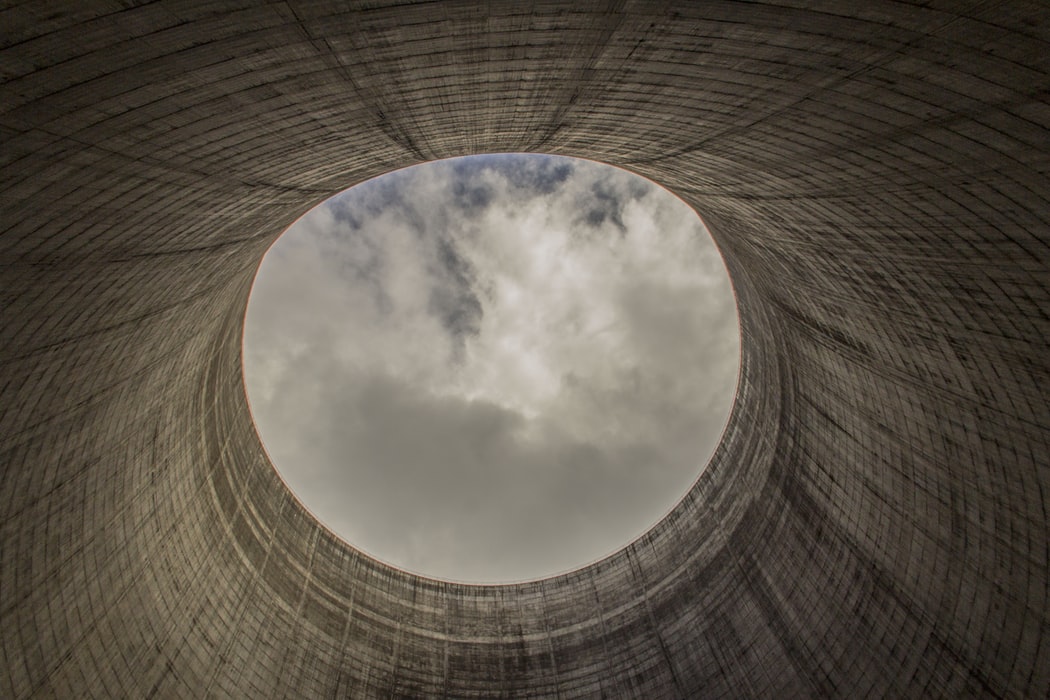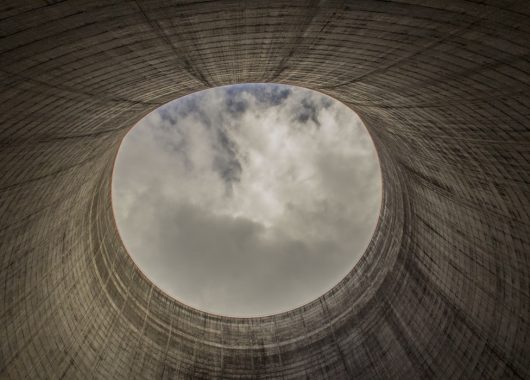Industrial cooling towers are an essential aspect within so many construction and engineering projects around the world. As the name suggests, the role of the cooling tower is to maintain the temperature of a certain process or machine. This can be for a number of reasons, from a warm climate to a space which is at risk of overheating due to the work which it is carrying out. Ultimately a cooling tower is a heat exchanger, the role of a cooling tower is to reject waste heat into the atmosphere around it. This is done using air and water in order to get rid of the heat and lowering the total temperature.
The cooling tower is a critical component of many engineering and construction projects.
Variety of Cooling Options
There is a multitude of cooling tower options depending on what is being cooled and where. The three main types of cooling towers are wet, dry and hybrid, and here is a little more information about each:
Wet Type Cooling Towers
These are the most commonly used cooling towers and they are often known as evaporative towers because of the way in which they cool. This type of tower uses a very small amount of water, to evaporate into a moving stream of air, in order to then cool the rest of that water. Owing to the fact that a wet surface has a better potential to be cooled than a dry surface, this particular type of cooling tower is often used for certain processes which require low water temperatures.
Dry Type Cooling Towers
These are indirect cooling towers which rely on air rather than water to cool. Using this process there is water which gets pumped between plates and cooled with air. This is often he more energy efficient option and it is often used in very humid environments where there is a naturally occurring lack of water to begin with.
Hybrid System
As you may assume, the hybrid uses both indirect and direct cooling to maintain the temperature of machinery and processes. These are more often than not used in urban projects where the steam plume is not convenient, alternatively we also see this used in very dry areas where minimal water is required in order to eventually reach the cold water temperature for cooling.
Use in Engineering and Construction
Throughout the world of engineering and construction we see these cooing towers used to pump out heat into the atmosphere. Often we see the use of this in enclosed spaces where work is going on inside, using a vast amount of machinery in the process. With regards to engineering these cooling towers are essential for underground exploration and tunnel building, as the heat of course increases the deeper underground we go.
Ultimately cooling towers are large HVAC-style systems which are constantly working on pumping the heat out of a building or area, in order to maintain the perfect temperature for the engineering or construction project which is ongoing.

